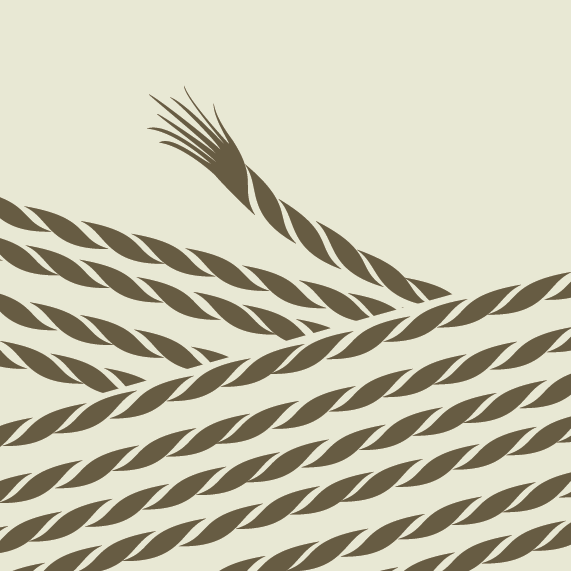August is the month to be diligent about a certain four-legged masked bandit. Our friend, the raccoon, is making his rounds in the vineyard and is plotting how he will destroy your nets and steal your grapes and spoil your fun.
Obviously, raccoons can be a real big problem. Even one, acting alone, can wreak havoc and cause mayhem. Diligence and planning is key to eliminating, or at least reducing, the destruction these guys can cause.
First, check around the vineyard for trails or paths that are used by animals. You can usually find them by end posts or through a surrounding fence. Buy a cage trap, the kind that catches animals without hurting them, and make sure it is big enough for one or more raccoons. I have caught as many as three at a time in these traps.
Place the trap close to the trail. If you can’t find a trail then set it near an end post that is closest to a fence line, road, pond or ditch. Set the trap and leave a five foot trail of dog food to the trap. Make sure to put plenty of food in the trap as a tempting reward for the buggers.
Check the trap each morning. If you don’t catch anything for two or three days then move the trap to a new location. When you catch the neighbor’s cat (this is almost a certainty) you can let it go, but when you finally catch a raccoon you can dispose of him as regulations allow. When you stop catching anything, move to a new location and keep this up until harvest is complete. The ripe grapes will entice raccoons from miles around so you have to keep catching them. Unfortunately, you’ll need to keep check on it every day, and there is the possibility that you also may catch something you would rather not – like a skunk.
Another way to keep raccoons out of the vineyard is to have an electric fence. It should be at least two wires. One about four inches off the ground so that they can’t get under it and another about twelve inches off the ground. If you use the wide fencing, it will be easier for the raccoons to see and stay away. Of course, you’ll have to spend time keeping the fence operational, which takes time. Vegetation will need to be cut or spayed so the fence can keep working correctly.
There are other options as well, including noise makers, cannons, scarecrows, and dogs which can help deter these bandits. Keep in mind that raccoons are very intelligent and will figure out quickly if something will hurt them. Once they figure it out, they’ll keep clear or attempt something else.
I absolutely do not condone using poison. If the raccoon dies where another animal can eat it, the poison can be easily passed on, and you won’t be able to control what other animals may eat the poison, like the neighbor’s cat or dog.
It is very important to keep these varmints out of the vineyard. They can rip up netting, damage plants, and spoil grapes, which can cause birds or insects to start feeding on the spoilage. Be sure to follow trapping laws and regulations. Contact your local DNR for further suggestions.
Of course, if you feel up to the task, you can always sit out in the vineyard at night with Old Yeller.

